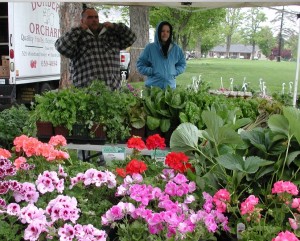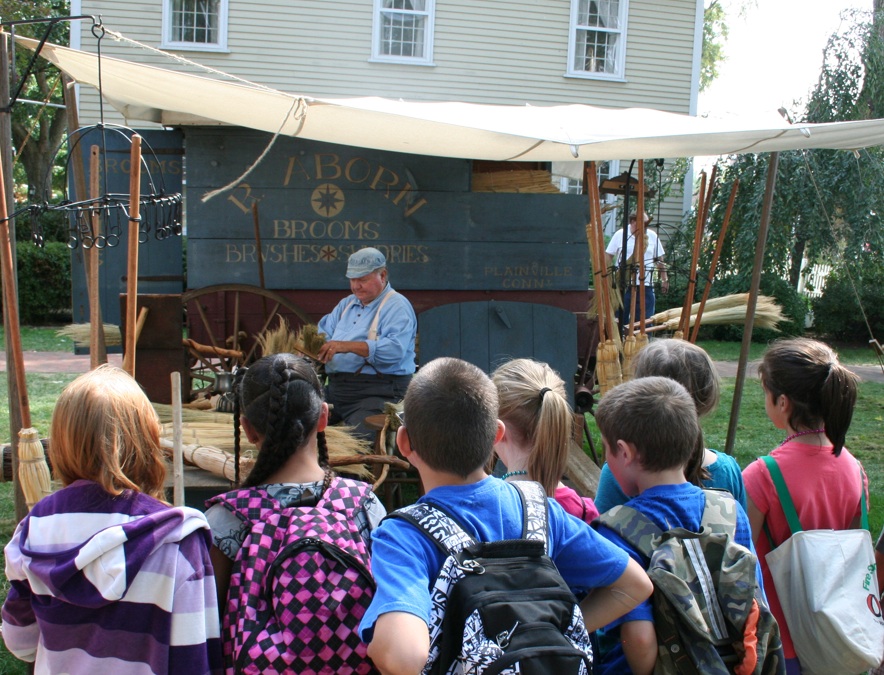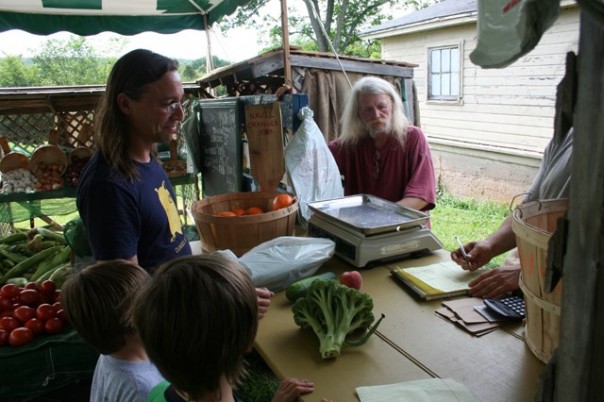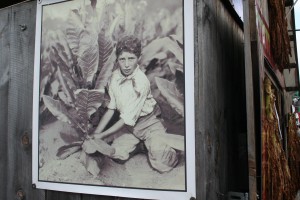‘Harley’ And Agriculture’s Economic Impact
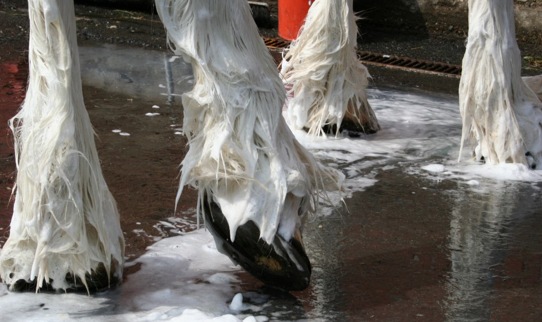
 One of the most valued traits of a bulldog is its tenacity and dedicated loyalty. Originally bred to guard and control bulls, the shift over time from work dog to family companion mirrors changes in life and agriculture.
One of the most valued traits of a bulldog is its tenacity and dedicated loyalty. Originally bred to guard and control bulls, the shift over time from work dog to family companion mirrors changes in life and agriculture.
Meet Harley, a 9-year-old English bulldog that belongs to Ned Niemiec, head horse trainer at the 30-acre farm, home to the Hallamore Clydesdales in Lakeville, Mass. Hallamore Corporation marks its 34th year at the annual Eastern States Exposition (The Big E), dedicated to the “development and promotion of agriculture, education, industry and family entertainment while preserving our New England heritage” year round.
As people munch food, enjoy the Clydesdales on parade (or watch as their distinctive “feathers” get scrubbed white), say hi to Harley, or soak up the sights and sounds at The Big E, many will never see a live bull and have no awareness where their food grows or how vital agriculture is to life and business.
Change, however, is in the wind.
Note: Bulls were once a common sight on farms, and anyone who has ever been near a live one understands why having a work dog as a helper was valued. Today, bulldogs are loving family pets. Yet the breed qualities remain that once called these dogs into action as a team with a human. Good dog Harley.
Agriculture in just one New England state, Connecticut, is no small potatoes.
A just-released University of Connecticut College of Agriculture and Natural Resources study shows economic impact of agriculture in easy to understand dollars and cents. Though the state has just 13 percent of its total in farm land, and some 5,000 farms, the economic impact of agriculture in all its forms rings in at $3.5 billion and generates more than 20,000 related jobs.
“Economic Impacts of Connecticut’s Agricultural Industry” is the first such study to measure the monetary contributions of agriculture to the state economy.
Conducted and authored by a group of professors and research assistants at UConn’s Department of Agricultural and Resource Economics in cooperation with the Connecticut Center for Economic Analysis, research tapped into agricultural sales generated in 2007 to calculate the industry’s $3.5 billion contribution to the state's total gross product of $212 billion that year, which was roughly the size of the economy of Ireland or Israel.
“Connecticut’s agricultural industry is a major part of our state’s economy and the quality of life that our citizens enjoy,” says Donald Tuller, president, Connecticut Farm Bureau Association. “The study shows that the total economic impact of our state’s agricultural industry on our state's economy is some $3.5 billion and generates more than 20,000 jobs. In short, buying Connecticut Grown and supporting Connecticut farmers makes sense.”
“Agriculture is the ultimate home-grown industry. Unlike so many others, these jobs cannot be moved offshore. Most dollars spent on Connecticut Grown products stay right here and support our communities and local businesses. There many other ancillary benefits including food security, open spaces and wildlife habits. I also want to thank our members, partners and the UConn College of Agriculture and Natural Resources who worked hard to make this comprehensive report a reality,” according to Steven Reviczky, executive director, Connecticut Farm Bureau.
Professor Rigoberto Lopez, head of the Department of Agricultural and Resource Economics, led the research team after talking with members of the Connecticut Farm Bureau Association and other state agricultural organizations seeking a comprehensive analysis of agriculture’s impact on the state’s economy.
“Because the agricultural industry purchases goods and services from other industries and hires local labor, its economic impact cascades throughout the state’s economy,” according to details in the report. “In sharp contrast to agriculture nationwide, field crops comprise a minor share of agricultural sales (in Connecticut), while the largest agricultural sectors are ‘green’ industries (nursery, greenhouse, floriculture, and sod production), dairy farming, and tobacco.”

